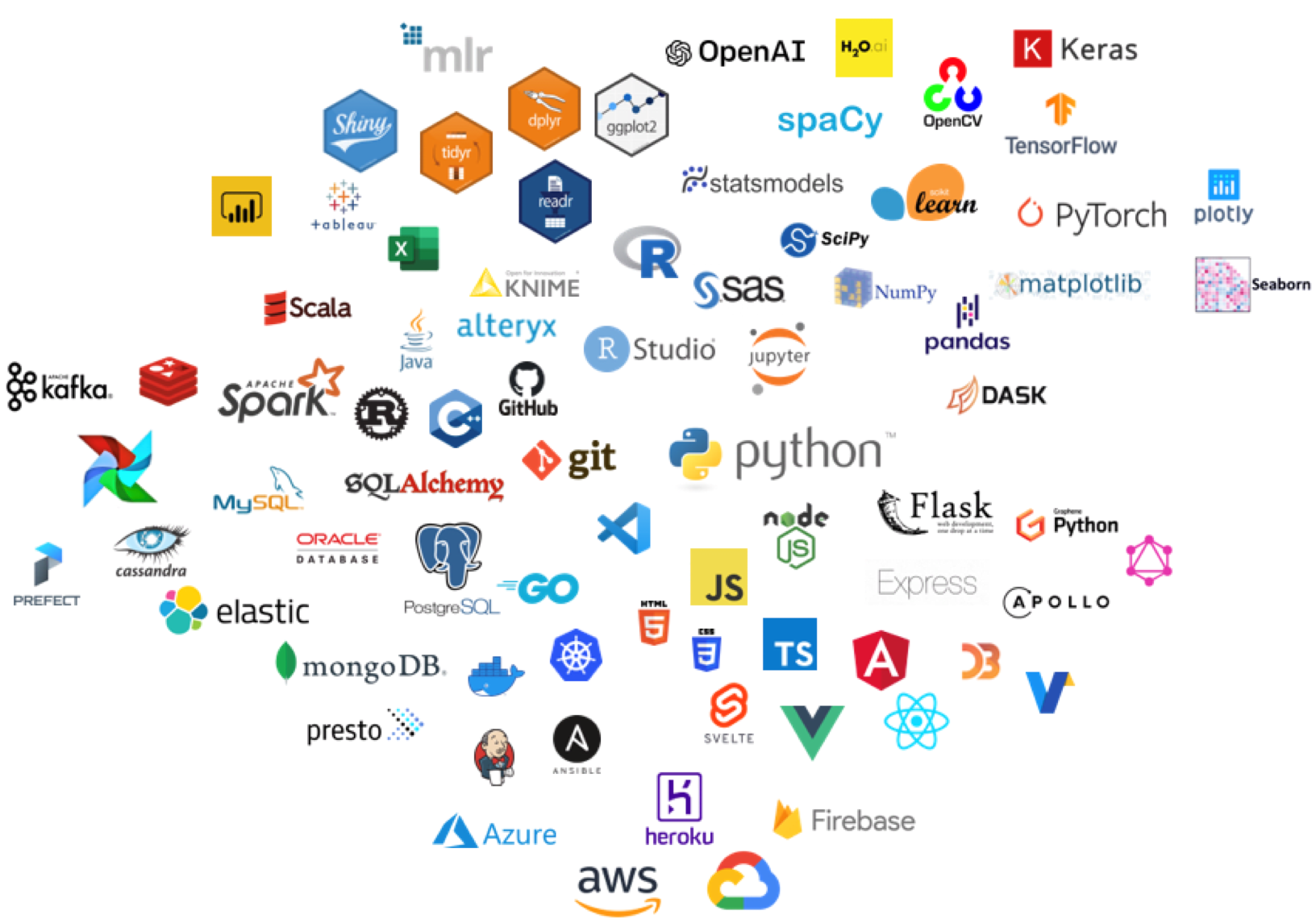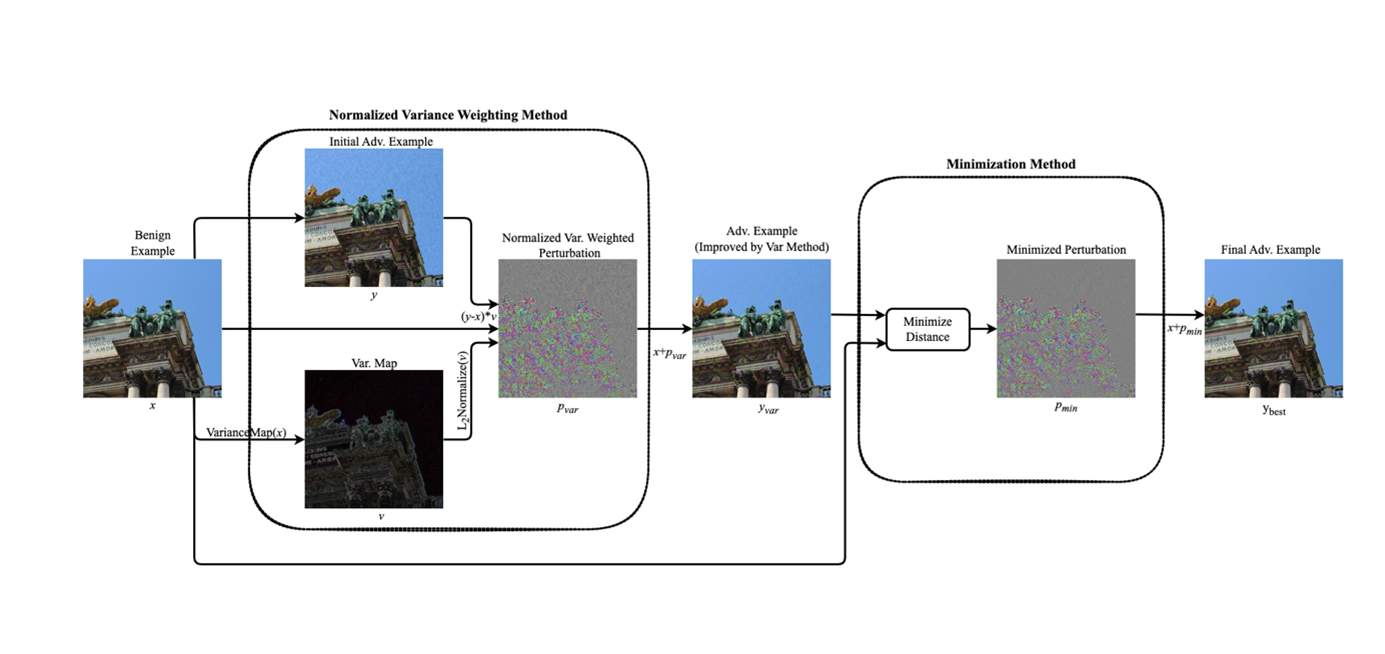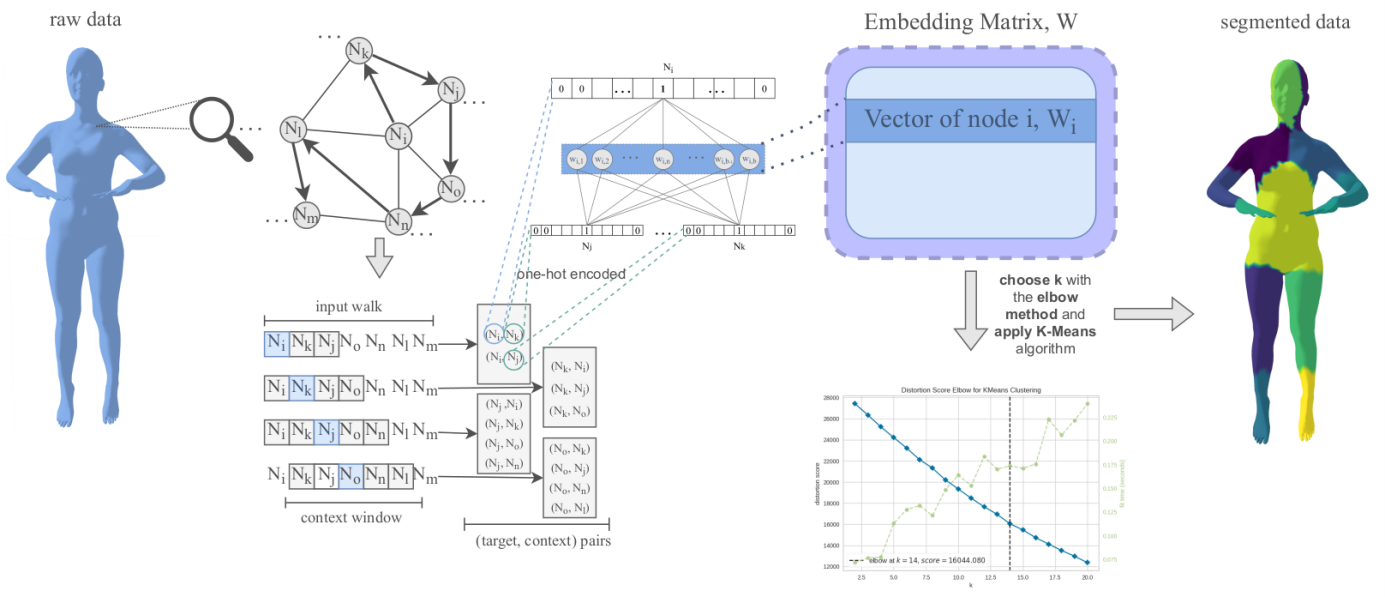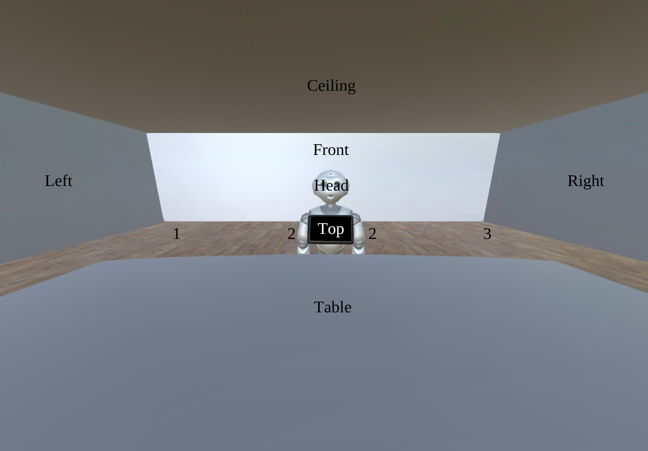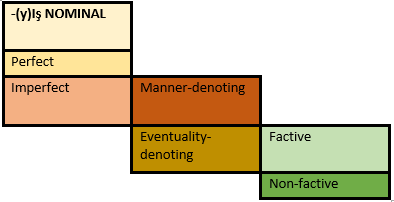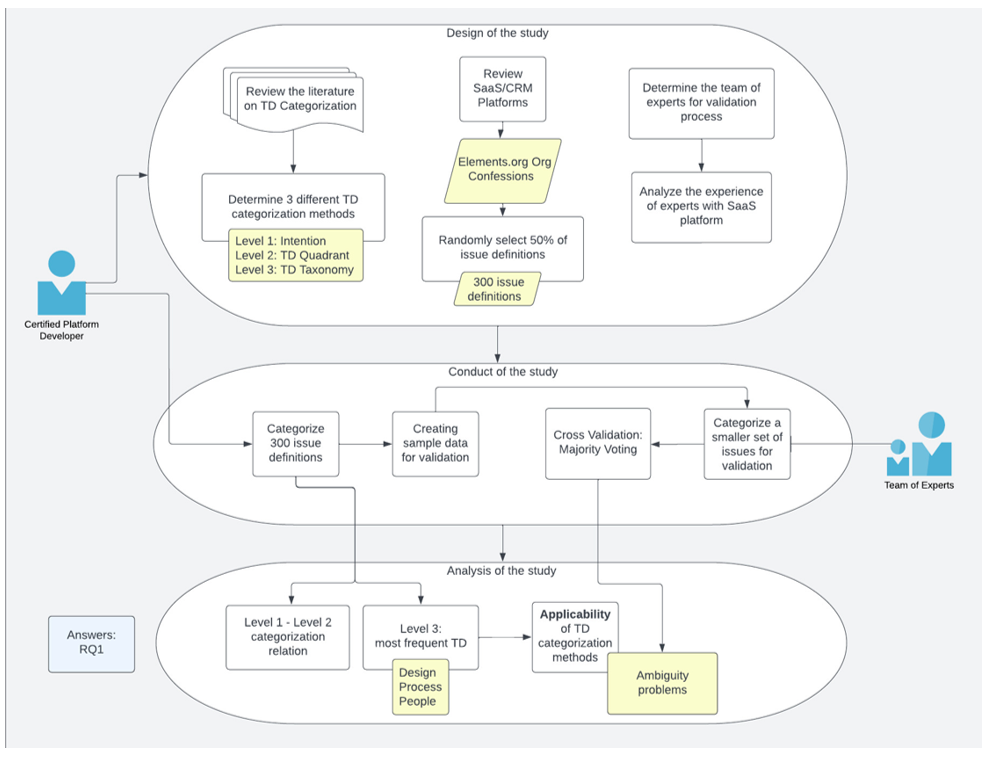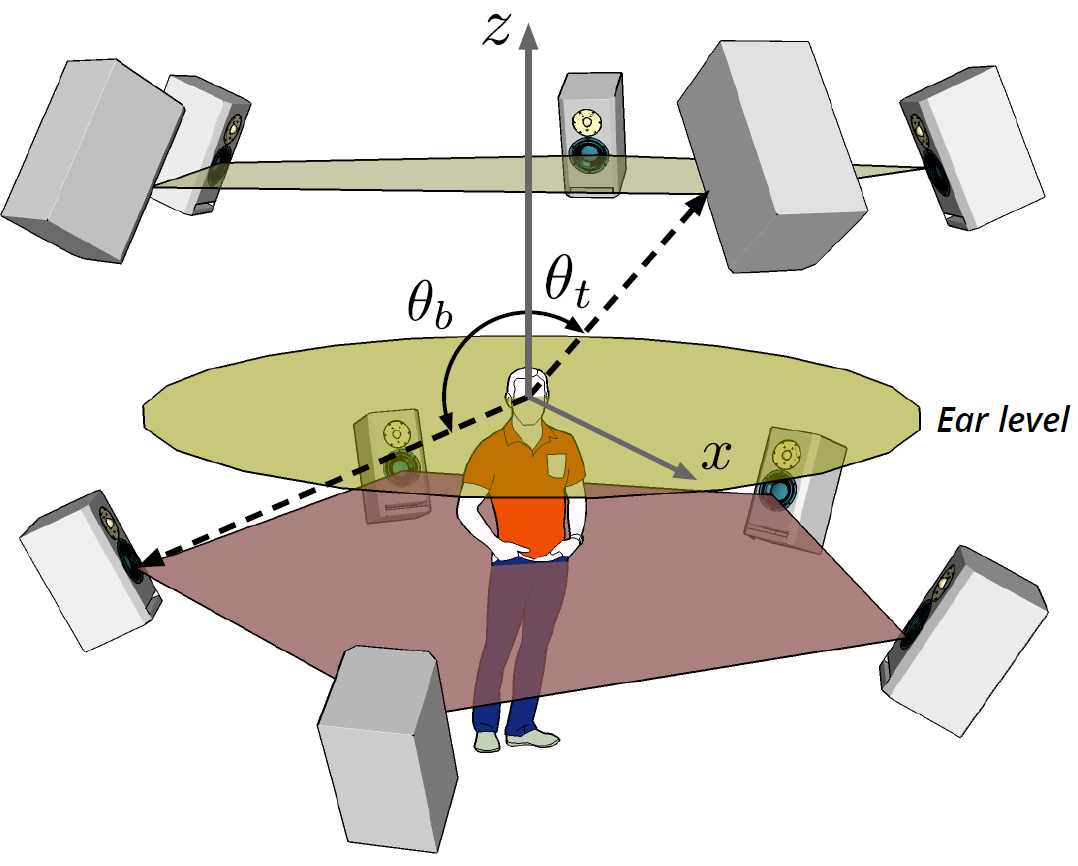Kerem Nazlıel, Data Science Technology Selection: Development of a Decision-Making Approach
Recent developments in IT and Analytics have created a multitude of technologies for analytics professionals to use. This technology variety complicates the technology selection process. When improper technologies are selected, analytics teams face problems, inefficiencies, and technical debt. To solve this problem, this thesis proposes a systematic technology selection approach and tests it on a case study.
Date: 29.12.2022 / 14:00 Place: A-108
